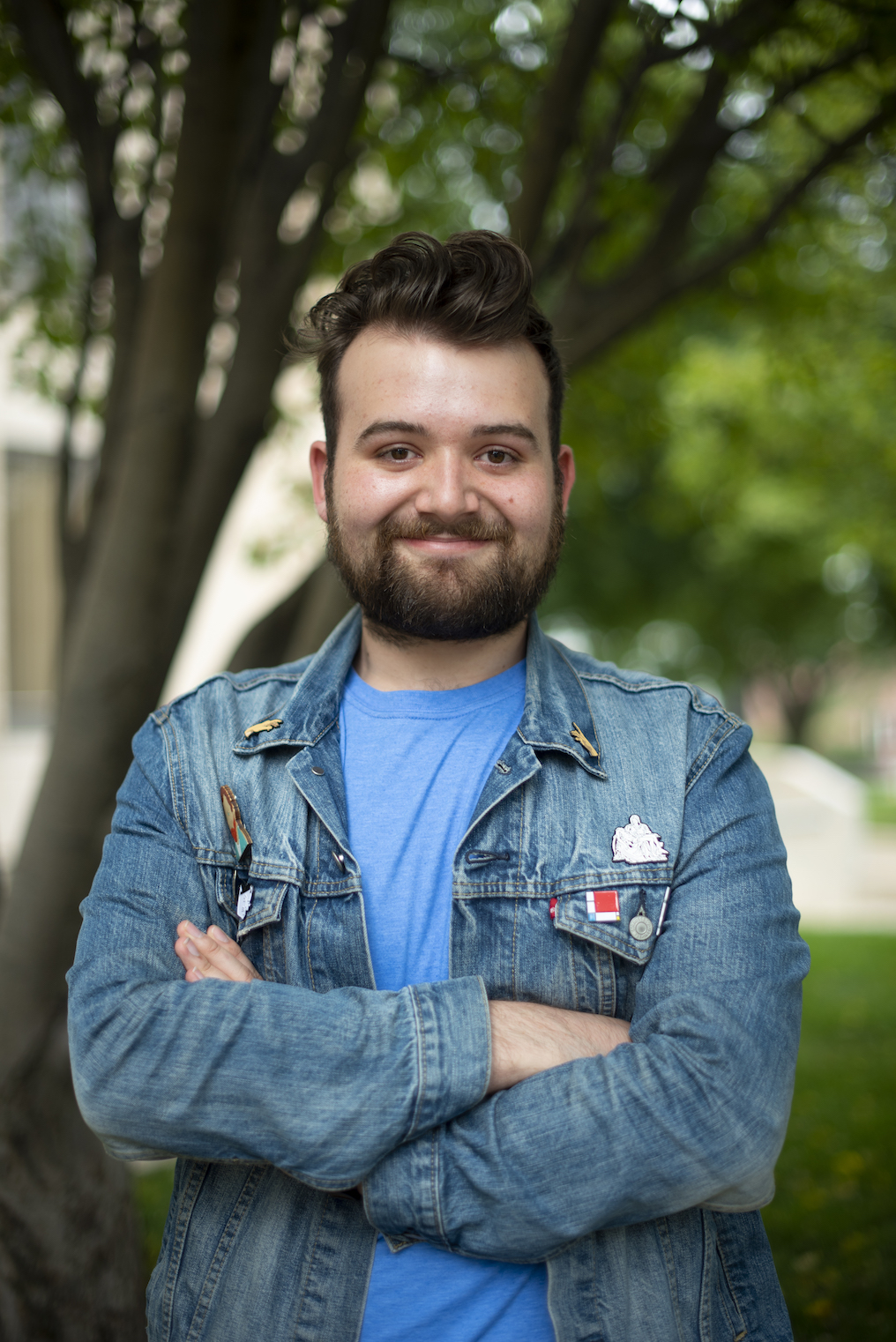A Painting Created by an AI Appallingly Sells for $432,500
"Portrait of Edmond de Belamy" | PC: www.dezeen.com
Memento Artem
Can a computer be capable of creating genuine artwork? The art market recently tried answering this question with the sale of “Portrait of Edmond de Belamy,” which was created using Generative Adversarial Networks or GANs, by a collective of Paris-based students called Obvious.
Touted by auction house Christie’s as, “[The] first portrait generated by an algorithm to come up for auction,” the painting’s value was estimated at $7,000-$10,000.
However, an anonymous phone bidder eventually placed a bid bringing the total price to $432,500, almost 45 percent its estimated value. Are AI-fueled robots taking a stab at creating the future of art?
Think again. Art requires human emotion and consciousness in order to meet the definitions of what humans accept as art. So, is this AI creation considered to be of the same level of human expression? Probably not.
Although it may not be considered authentic, this “robo-art” is something unique and different. What’s really interesting is the process of how the “Portrait of Edmond de Belamy” was created. The members of Obvious, fed a data set of 15,000 portraits to an AI.
Then, the AI was trained to tell the difference between human and computer generated images. This aspect was designed so it could create something that looks like a human painted it. Lastly, it was printed on a canvas and framed.
This process resulted in a blurry, human form. Although it was trained to not create something another computer could design, the movement of the “brush” still feels too mechanical. What stands out the most is the facial expression or lack thereof. It creates a sense of uneasiness to the point of being disturbing.
The figure has black dots for eyes and no indication of emotion or real sign of life. Perhaps, this is an ironic reflection of the piece’s creator.
Even though this “robo-art” won’t capture the complexities of the human condition through original artwork, it will be interesting to see where the future of AI evolves.
Will the art market use it as a novelty cash cow? Or will the world accept it as a genuine artwork on par with the work of old masters. We’ll have to see what the future holds.
Cameron Cizek is a senior studying computing.


